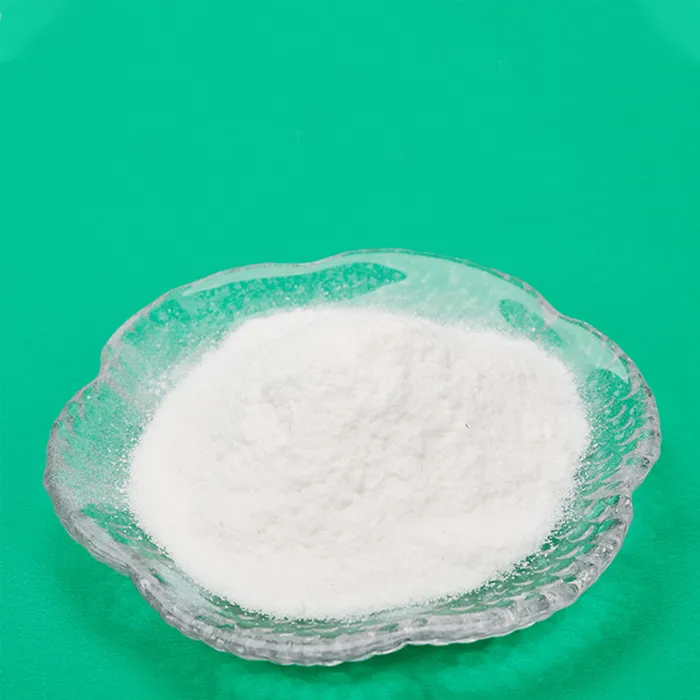Understanding Additives in Plastics
Plastics have become an indispensable part of modern life, serving diverse applications in industries ranging from packaging and automotive to electronics and construction. While the base polymers used in plastic production provide the essential properties required for these applications, it is the addition of various additives that truly enhances their performance and functionality. This article aims to explore the different types of additives used in plastics, their purposes, and their significance in improving the overall quality of plastic products.
What are Additives?
Additives are substances added to plastics during processing to impart specific properties or enhance certain characteristics. They can be natural or synthetic and are used to achieve a range of desired effects, such as improving durability, flexibility, thermal stability, and even aesthetic qualities like color and texture. The global plastic industry relies heavily on these additives to meet consumer demands and regulatory standards.
Types of Additives
Additives can be categorized into several types based on their functions
1. Stabilizers These additives enhance the stability of plastics against degradation caused by heat, light, and oxygen. Heat stabilizers are particularly important in processing, as they prevent thermal degradation during manufacturing, ensuring that the final product retains its desired properties.
2. Plasticizers Used primarily in flexible polymers, plasticizers increase the flexibility and workability of the material. By reducing the intermolecular forces between polymer chains, plasticizers allow for easier processing and improve the plastic's softness and pliability.
3. Fillers Fillers are materials added to plastics to improve their mechanical properties or reduce costs. Common fillers include talc, calcium carbonate, and glass fibers. They can enhance strength, stiffness, and thermal resistance while also modifying the weight and density of the plastic.
what is additives in plastics

4. Colorants Colorants, including dyes and pigments, are incorporated into plastics to provide aesthetic appeal. They can allow manufacturers to deliver vibrant colors or subtle shades, contributing to branding and product identity.
5. Flame Retardants These additives are crucial for applications where fire safety is a concern. Flame retardants are used to reduce the flammability of plastics and slow the spread of fire, making them essential for consumer products, building materials, and electronic devices.
6. Antioxidants Oxidation can lead to the deterioration of plastics, causing discoloration, brittleness, and loss of mechanical properties. Antioxidants are added to combat this issue, prolonging the lifespan of plastic products.
7. Antimicrobial agents With increasing concerns around hygiene, especially in consumer goods, antimicrobials have gained popularity. These additives inhibit the growth of bacteria and fungi on plastic surfaces, making them ideal for medical devices, kitchenware, and personal care items.
Importance of Additives
The significance of additives in plastics cannot be overstated. They enable manufacturers to tailor materials to specific applications, ensuring that they meet stringent quality and safety standards. For instance, high-performance applications in the aerospace or automotive sectors require plastics that can withstand extreme conditions. Additives like impact modifiers and thermal stabilizers are vital in ensuring that these materials perform effectively under such challenging scenarios.
Additionally, additives contribute to sustainability efforts in the plastic industry. Biodegradable additives can enhance the ecological footprint of plastic products, making them more environmentally friendly. Innovations in this area target reducing plastic waste and the overall impact of plastics on the environment.
Conclusion
Additives in plastics are crucial for optimizing the performance and expanding the functionality of plastic materials, making them suitable for various applications. Understanding the role of different additives helps manufacturers design better products that meet consumer needs and comply with regulatory standards. As technology advances, the development of new additives continues to evolve, reinforcing the significance of this field in the broader context of materials science and engineering. As we look toward a future with a higher emphasis on sustainability and performance, the intelligent use of additives will remain a crucial aspect of plastic innovation.

